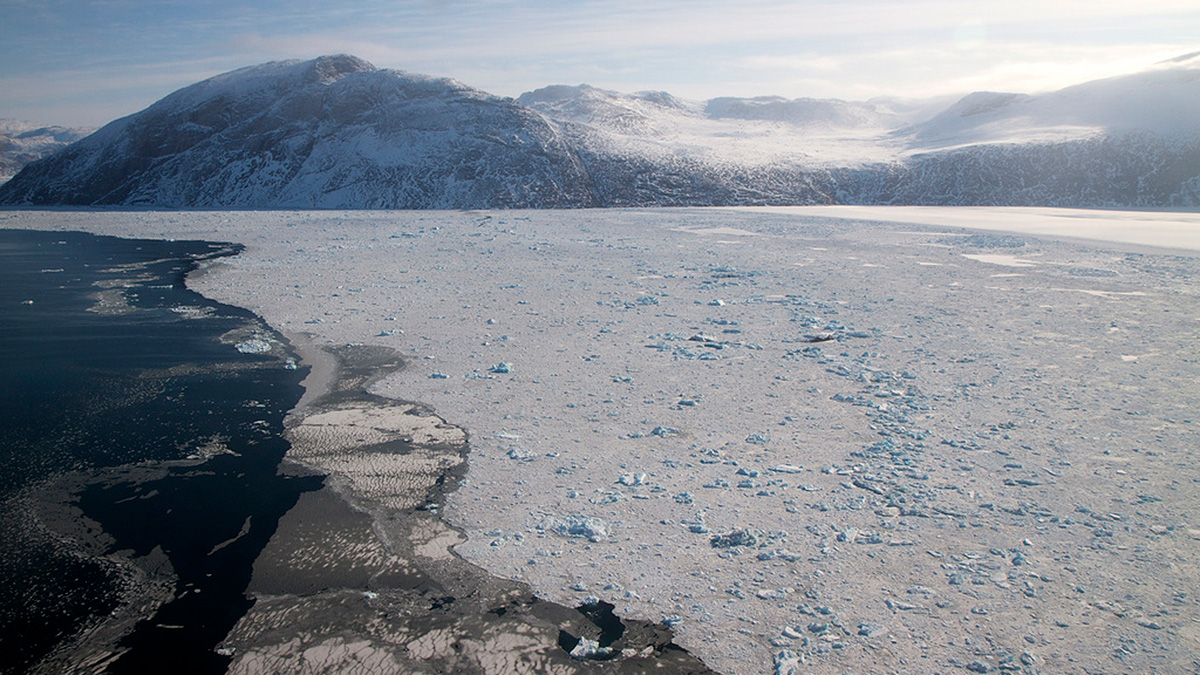Source: Journal of Geophysical Research: Oceans
Greenland’s deep fjords are the interface between the world’s second-largest ice sheet and the Atlantic Ocean, catching tremendous volumes of frigid fresh water from melting ice and calving glaciers and facilitating water exchange, heat transport, and other processes important in the global climate system. However, ocean dynamics in fjords are relatively unknown because observational studies of the features are costly and technically challenging.
In a recent study, Gelderloos et al. modeled ocean currents in four fjords along Greenland’s southeastern coast using three high-resolution numerical simulations, checking the modeled results against in situ observations to validate the simulations.
The authors specifically looked at variability in ocean dynamics over several-day periods, known as subinertial variability. Subinertial variability is distinct from tidal, or daily, variability and long-term seasonal to annual variability. Previous work identified subinertial variability as being critical to Greenland’s fjord dynamics, contributing to its hydrological properties and regulating the flux of water to and from the continental shelf.
The new research indicates that ocean currents in the fjords studied result mainly from the action of coastal trapped waves, a class of ocean waves that form in shallow ocean regions above continental shelves. The patterns and variability of volume and heat transport in the four fjords were found to cycle with either 2- to 4-day or 10-day frequencies depending on the size of the fjord. The widths of the fjords as well as temperature- and salinity-driven density stratification within them further shape wave patterns. Both cycles are associated with coastal trapped waves, suggesting the continental shelf is more influential in shaping currents and variability in the fjords than alongshore winds are, though the latter appear to play a role too.
Documenting variability in Greenland’s glacial fjords is vital for understanding their role in changing climate and ocean dynamics, according to the authors. The new research will help scientists predict fjord dynamics and variability, they say, and it indicates that these characteristics can vary from one fjord to the next. (Journal of Geophysical Research: Oceans, https://doi.org/10.1029/2022JC018820, 2022)
—Aaron Sidder, Science Writer

